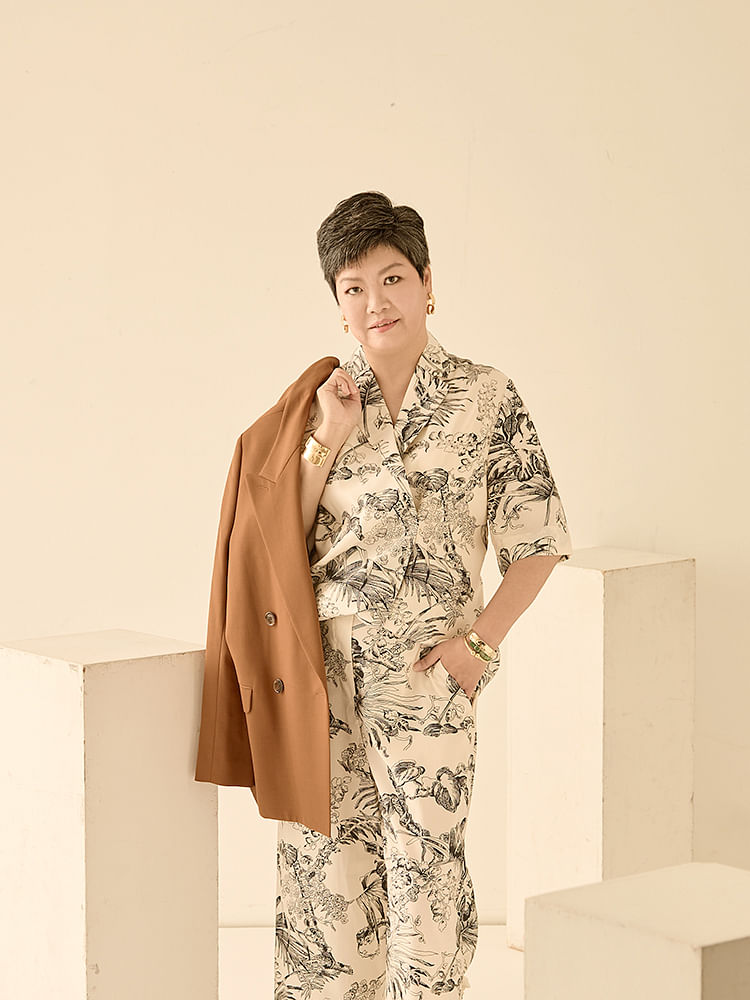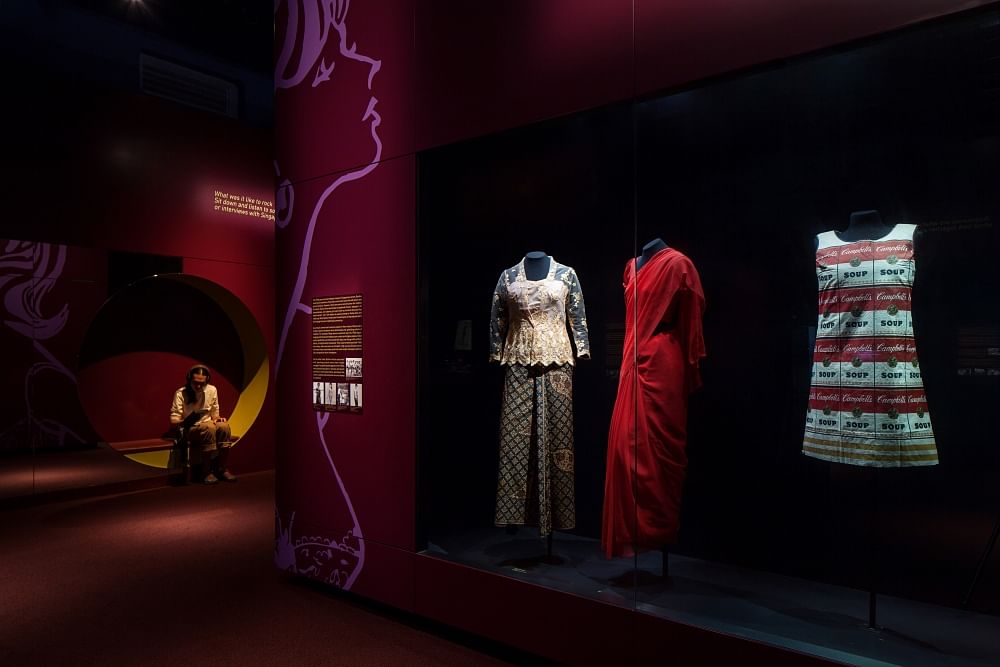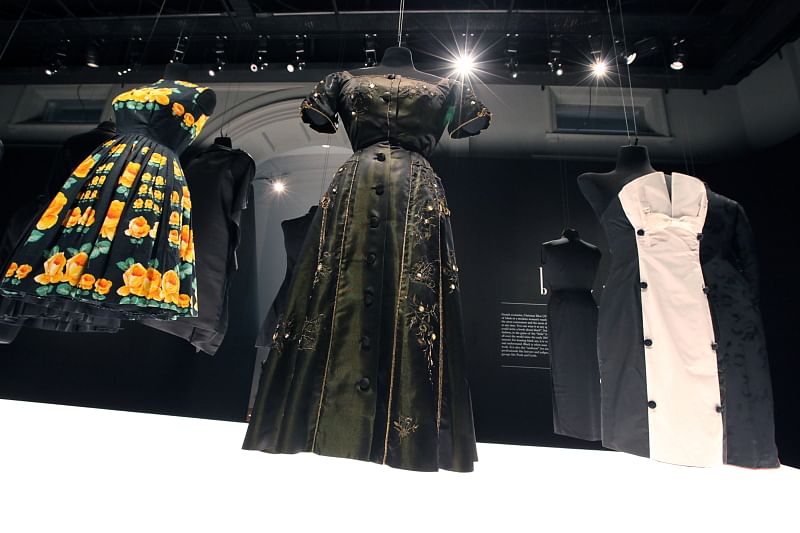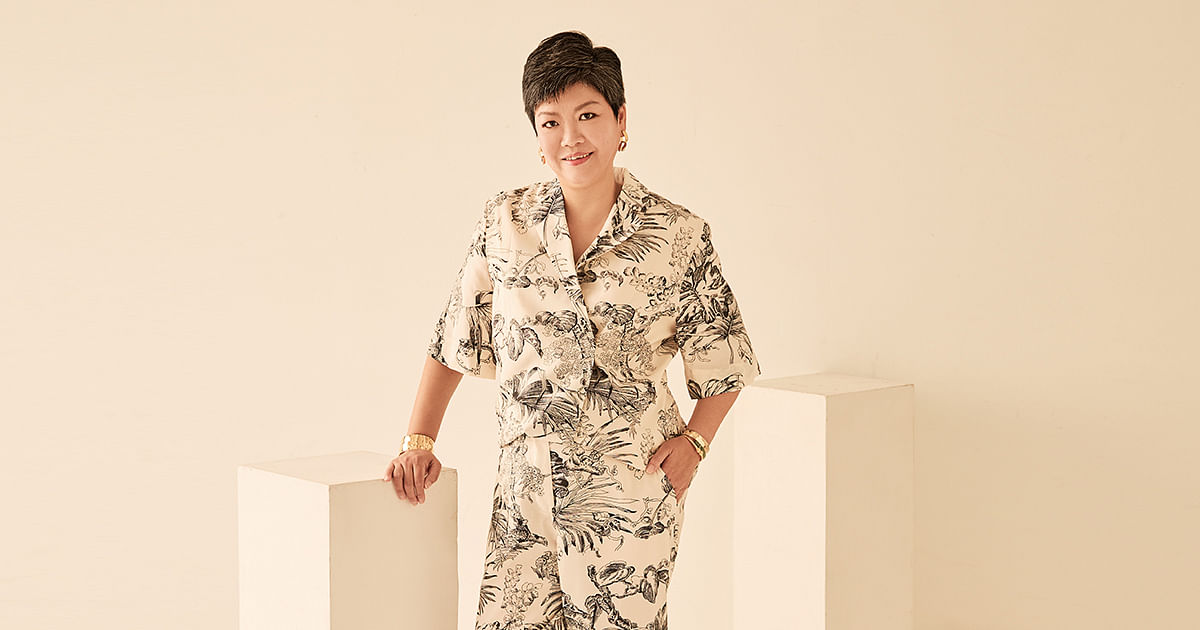Last month, the Metropolitan Museum of Art achieved its highest fundraising results, with the annual Met Gala raising over US$2.6 million ($3,521,631) in support of the museum’s Costume Institute. The Costume Institute’s vault of over 33,000 objects representing fashionable apparel and accoutrements from five continents and across seven centuries is impressive, to be sure, but it still pales in comparison to the Victoria and Albert Museum’s 100,000-item treasure trove of sartorial history.
And as the legendary success of exhibitions like the world-travelling “Christian Dior: Designer of Dreams” and The Met’s “Heavenly Bodies: Fashion and the Catholic Imagination” also seem to prove, it’s that people really care about what other people wear.
So, it’s unsurprising that Chung May Khuen, director of the National Museum of Singapore (NMS), would want to give fashion a bigger runway as the institute undergoes its current revamp. But the source of her inspiration hits closer to home.
Stories of style
When Chung first joined NMS (then called the Singapore History Museum) as a curator, she was tasked with setting up its first Fashion Gallery, part of the permanent Living Galleries exhibits that sought to narrate Singapore’s history through four thematic lenses: photography, film and wayang, food, and fashion.
“My role was to document the changing identity of women in Singapore after World War II, from the 1950s to the 1970s, using fashion as the entry point,” she says.

After speaking to approximately 50 women over the course of two years, she uncovered a deeper appreciation for the tales hidden in our threads. “A lot of them were puzzled as to why I would want their old clothes since they weren’t new or expensive,” she recalls.
“But I was really collecting stories, like how cheongsams helped them stay in shape because of how tight they were. These dresses weren’t just a reflection of an individual identity, but a collective one, and I think that’s the power fashion has to bring us back to our history.”

Chung’s fond memories of curating the Fashion Gallery inspired the launch of the “In the Mood for Cheongsam” exhibition in 2012. The exhibition featured over 150 pieces of the traditional Chinese dress style and examined the rise of the modified cheongsam from modern Shanghai and its evolution and introduction to Singapore in the 1920s.
“One of NMS’ missions is to tell the stories of Singapore and bring the world to Singapore,” she adds. “This means collecting international fashion, too, because not everyone can travel, and we want to expose our visitors to different cultures.”
Fashion exhibits are very three-dimensional; dresses come alive in a way paintings can’t.
Chung may khuen, director of the National Museum of Singapore
This is why, that same year, Chung brought in a collection of bridal costumes and accessories from the Victoria and Albert Museum, showcasing the evolution of the wedding dress over two centuries. Additionally, she included a selection of Chinese, Indian, and Malay wedding dresses to ensure the exhibition remained culturally significant for the local community.
One of her biggest takeaways from that exhibition was the realisation that the curator was hardly the most important person in an exhibition. She recounted the challenge of showcasing a wedding dress with a seven-metre train, necessitating the construction of a custom showcase — the largest she had ever overseen — to ensure optimal viewing from all angles.
“It took 10 of us, all moving in sync, to carefully install the dress, and then we had to figure out how to light it up in a way that would show off its beauty. Exhibitions involve a lot of people working behind the scenes.”

The power of fashion
And it is this dynamism that she believes will captivate audiences. “Fashion exhibits are very three-dimensional; dresses come alive in a way paintings can’t. The mannequins’ silhouettes must also accurately reflect how the clothes were worn, so you can see how people’s bodies change as they age.”
The NMS has a long list of criteria for what clothing will make the cut. “How do they relate back to Singapore’s history? What influence has it had on us? What was the impact? Who did it belong to, and who made it? Everything must align with the NMS’ vision, which is to focus on social history.”
The museum’s delivery of that vision, however, has changed. “When I started out 20 years ago, it was common for the curator’s voice to be the sole authority. But people don’t want to just go to a museum to ‘download’ information anymore, so we want to offer different perspectives and let them create a dialogue,” she says.

The museum is still building its fashion collection, working with local talents like fashion and costume designer Yang Derong, as well as collectors, to preserve their donations in our nation’s collective memory. Those interested in sharing their views on what approaches and content they want to see in the revamped NMS can register their interest on its website for its ongoing engagement sessions.
And you may want to start holding onto outfits you’ve outgrown — that Allsaints leopard print paisley shirt could be a museum artefact generations from now.


